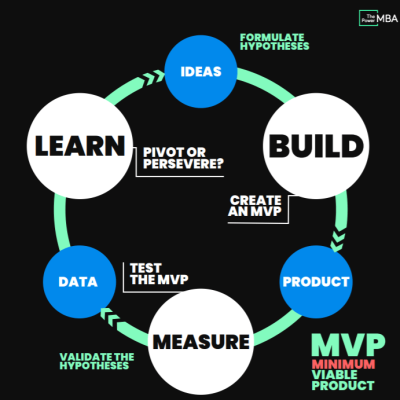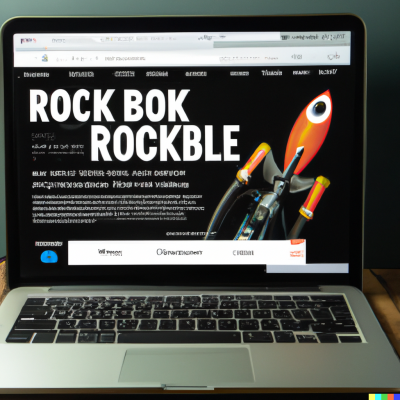In this article, I’ll share the concept and principles of Lean Startup Methodology that most of the startups today use to approach and this includes almost all the unicorns you see out there like One Card, Cred, Byjus, and even the likes of Apple Inc started on these principles.
The Concept
The Lean Startup method offers a systematic approach to establishing and managing startups, enabling the creation of products that reach customers quickly. This method provides guidance on how to lead a startup – from steering to turning to persevering – and how to grow a business with maximum efficiency. It is a systematic approach to new product development that prioritizes customer feedback. Many startups make the mistake of developing a product without testing its viability with potential customers, leading to failure when customer interest is low. The Lean Startup helps avoid this pitfall by stressing the importance of early customer interaction.
The Principles
Reducing Ambiguity
The absence of a specific management method has caused many startups to shy away from any form of management and adopt a “just go for it” mentality. But this is not the only solution. By adopting the Lean Startup approach, businesses can create structure instead of chaos by utilizing tools that regularly validate their vision. The Lean Startup is not just about reducing costs or failing quickly and cheaply, it’s about implementing a process and methodology in the product development phase.

Efficiency over Effort
The Lean Startup approach is based on the idea that every startup is essentially a grand experiment aimed at addressing a question. The primary questions are not “Can this product be made?” but rather “Should this product be created?” and “Can we establish a profitable business with these products and services?” This experiment goes beyond just theoretical research and serves as the first iteration of the product. If successful, it enables the manager to move forward with attracting early adopters, expanding the team, and eventually launching the product. By the time it is ready for widespread distribution, it will already have established customers and have solved real problems, providing clear specifications for what needs to be constructed.
Create a Minimum Viable Product (MVP)
Identify the Moment to Shift Direction The Lean Startup approach emphasizes the build-measure-learn feedback cycle. The initial step is identifying the issue to be addressed and creating a minimum viable product (MVP) to speed up the learning process. Once the MVP is established, the startup can fine-tune its approach, using measurement and learning. This process should involve metrics that can clearly show a cause-and-effect relationship.

The startup will also use a problem-solving technique called “Five Whys” which involves asking simple questions to uncover and resolve issues. When the measurement and learning process is carried out effectively, it becomes clear whether the business is advancing its key drivers or not. If not, it signals the need to pivot or make a significant change in the product, strategy, and growth engine, to test a new fundamental assumption.
Validated Learning
In traditional manufacturing, progress is measured by the production of high-quality goods. The Lean Startup measures progress through validated learning, which is a structured method for demonstrating progress in highly uncertain conditions. By embracing validated learning, the development process becomes more efficient. The focus is on finding the right product that customers want and are willing to pay for, rather than spending months preparing for a product launch before making changes to the company’s direction. This approach allows entrepreneurs to make incremental adjustments, gradually and continuously.


Build-Measure-Learn
The Build-Measure-Learn cycle is the cornerstone of the Lean Startup methodology. It emphasizes the importance of learning from customer feedback, measuring progress, and making data-driven decisions. By building a minimum viable product (MVP), startups can quickly test their ideas and gain insight into what customers want. This feedback helps startups to iterate and improve their product, pivot if necessary, or persevere if they are on the right track. By continually measuring and learning, startups can quickly validate their assumptions, identify and solve problems, and increase their chances of success. The Build-Measure-Learn cycle is a key tool for startups to work smarter, not harder, and reduce the risks associated with developing new products and services.






I am a website designer. Recently, I am designing a website template about gate.io. The boss’s requirements are very strange, which makes me very difficult. I have consulted many websites, and later I discovered your blog, which is the style I hope to need. thank you very much. Would you allow me to use your blog style as a reference? thank you!
Yes, you may.